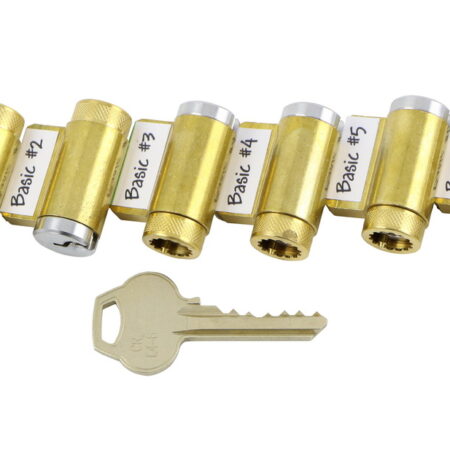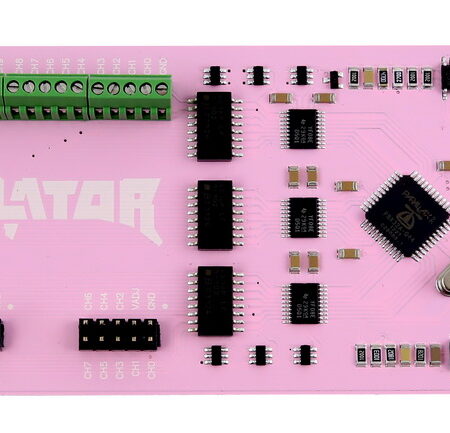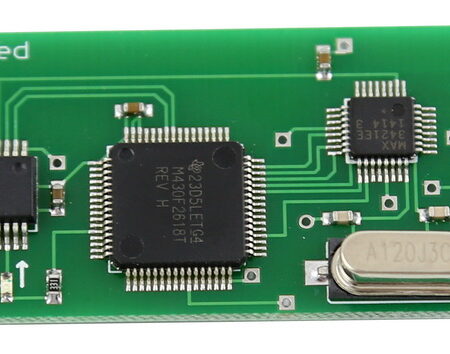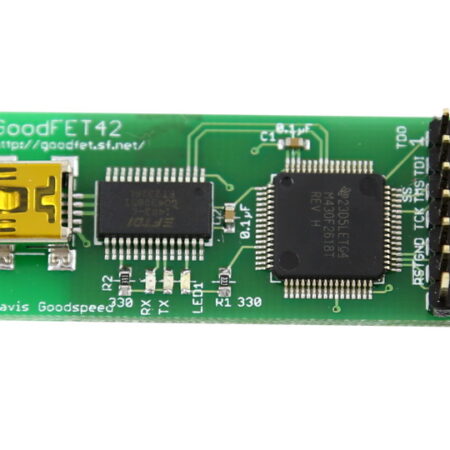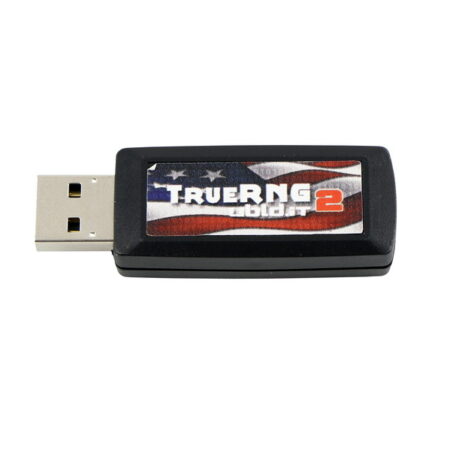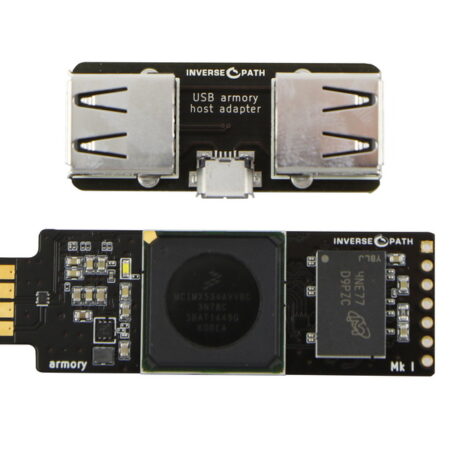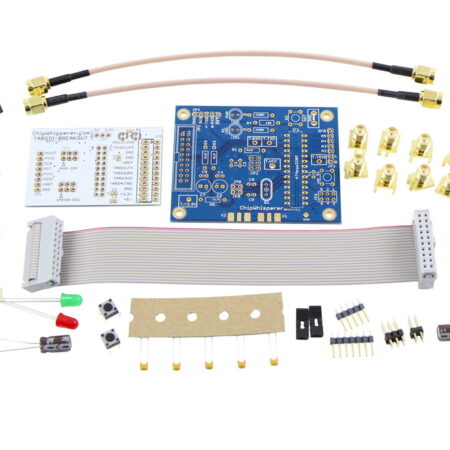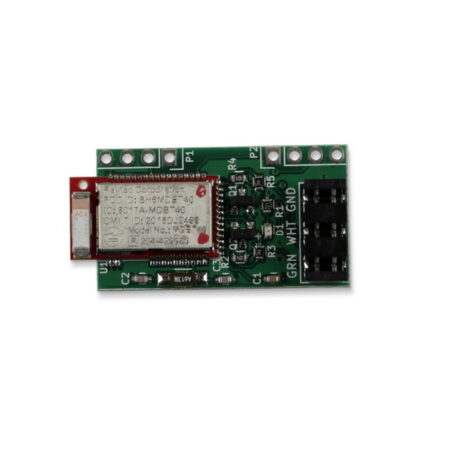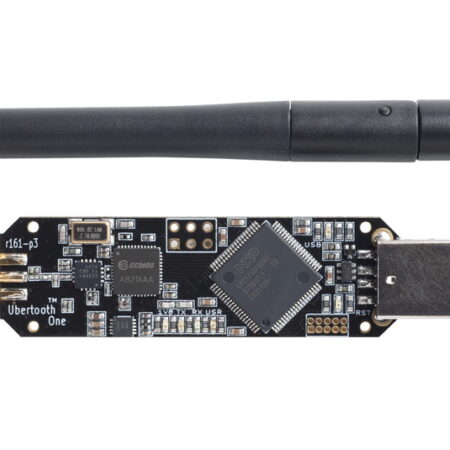RFID (Radio Frequency Identification) is a wireless technology used to identify, track, and manage objects, animals, or people through radio waves. It offers a fast and contactless way to gather information using a combination of RFID tags, readers, and a backend system.
JTAGulator Kit
Proxmark3 Kit
Facedancer21
GoodFET42
USB Armory Bundle
Proxmark3 RDV2 Kit
BLEKey
Ubertooth One
How RFID Works
RFID Tags:
RFID tags are small devices attached to the item being tracked. Each tag contains a microchip that stores data, such as a unique identifier, and an antenna that transmits the data to a reader.- Passive Tags: Powered by the reader’s radio waves, these are cost-effective and suitable for short-range applications.
- Active Tags: Equipped with a battery, they offer longer tracking ranges and are ideal for large-scale monitoring.
- Semi-Passive Tags: These combine the benefits of both, using an internal battery to power the chip while relying on the reader for communication.
RFID Reader:
The RFID reader sends radio waves to activate the tag. The tag responds by transmitting its data back to the reader. Readers can be handheld, fixed, or built into other systems.Backend Database:
The data collected by the reader is processed and stored in a database, allowing for easy tracking, monitoring, and management of the tagged items.
Applications of RFID
Supply Chain and Inventory Management:
Automates tracking of goods in warehouses and retail settings, ensuring accurate inventory and minimizing errors.Access Control:
Enables secure entry to buildings or vehicles using RFID-enabled cards or badges.Asset Tracking:
Monitors valuable equipment and assets in industries like healthcare, manufacturing, and logistics.Retail and Payments:
Enhances shopping experiences with RFID-based checkouts and anti-theft systems. Contactless payment methods also utilize this technology.Healthcare:
Manages patient records, tracks medical equipment, and monitors pharmaceuticals for better compliance and efficiency.Animal Tracking:
Used in livestock and pets for identification and health monitoring.
Advantages of RFID
- Speed and Automation: Eliminates the need for manual scanning and reduces processing times.
- Contactless Operation: Works without a direct line of sight, unlike traditional barcodes.
- Durability and Reusability: RFID tags can withstand various conditions and be reused.
- High Data Capacity: Stores more information than barcodes, offering greater flexibility.
- Real-Time Updates: Provides instant data on the location and status of items.
Challenges of RFID
- Cost: Advanced tags and readers, particularly active tags, can be expensive.
- Interference: Metal objects or liquids can disrupt signal transmission.
- Privacy Concerns: Potential misuse of RFID data raises issues around unauthorized tracking and surveillance.
RFID is revolutionizing how industries operate by improving efficiency, accuracy, and transparency. Whether used in retail, logistics, healthcare, or access control, this transformative technology is paving the way for smarter, more secure solutions.



